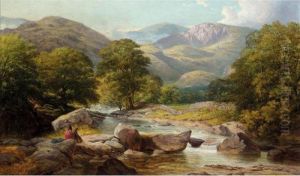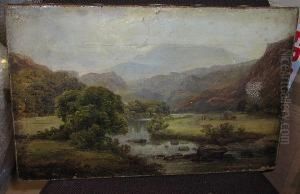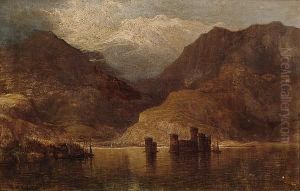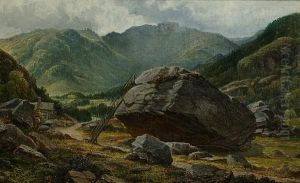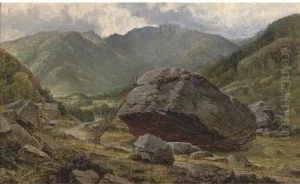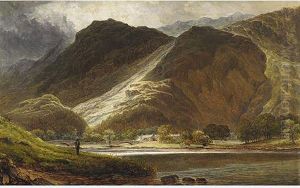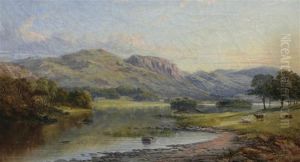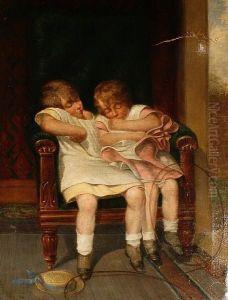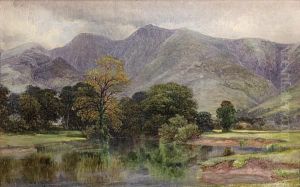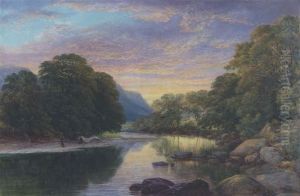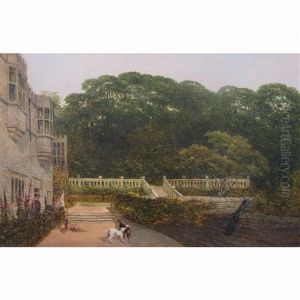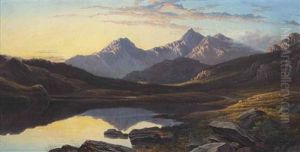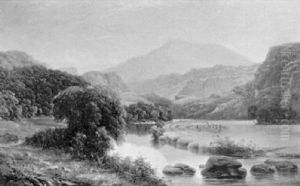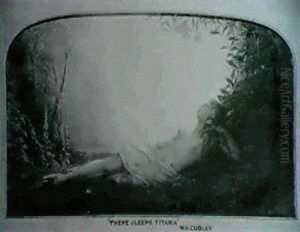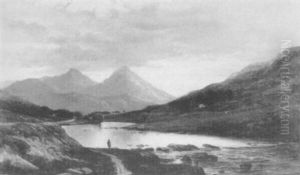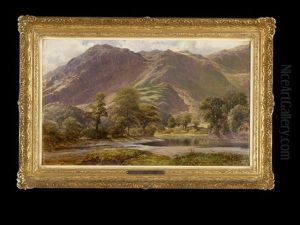William Harold Cubley Paintings
William Harold Cubley was an English artist born in 1816 in Newark-on-Trent, Nottinghamshire. He was a notable figure in the British art scene during the 19th century, primarily recognized for his portrait and landscape paintings. Cubley's early life was rooted in Newark, where he developed a keen interest in painting from a young age. Despite the limited opportunities for formal art education in his hometown, he pursued his passion with determination, learning from local artists and whatever resources he could access.
Cubley's artistic journey led him to London, where he sought to immerse himself in the vibrant cultural environment of the time. He studied the works of contemporary artists and the old masters, gradually refining his own style. His dedication to his craft earned him recognition, and by the mid-19th century, Cubley had established himself as a respected artist. He exhibited at prestigious institutions such as the Royal Academy and the British Institution, gaining acclaim for his ability to capture the essence of his subjects with sensitivity and depth.
Throughout his career, Cubley remained deeply connected to his roots in Newark. He returned to his hometown regularly, drawing inspiration from the local landscape and its people. His works often depicted scenes from around Newark and the surrounding countryside, resonating with a sense of familiarity and warmth. Cubley's landscapes, in particular, were praised for their atmospheric quality and detailed rendering of natural beauty.
Beyond his contributions to painting, Cubley played a significant role in the cultural life of Newark. He was involved in the establishment of local art societies and exhibitions, fostering a supportive community for artists and art enthusiasts. His efforts helped to nurture a vibrant artistic culture in the region, leaving a lasting legacy that extended beyond his own works.
William Harold Cubley passed away in 1903, leaving behind a rich portfolio of paintings that continue to be admired for their technical skill and emotional depth. His life and work are celebrated as part of the artistic heritage of Newark-on-Trent, where his influence is remembered and cherished.
